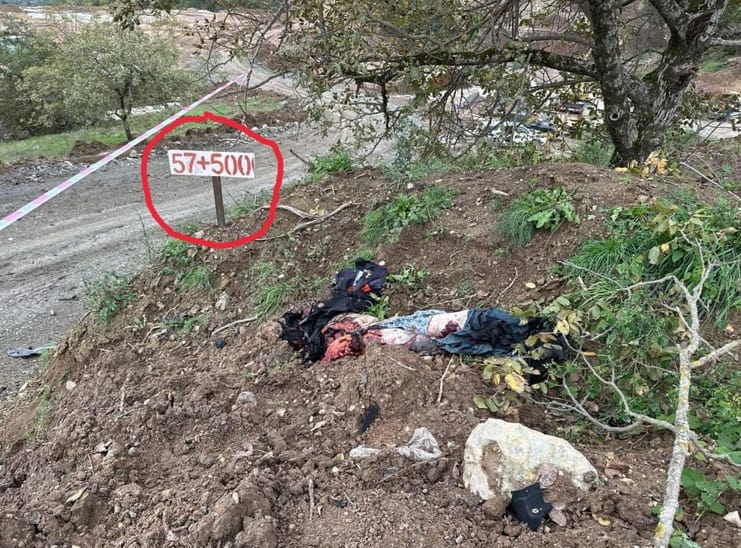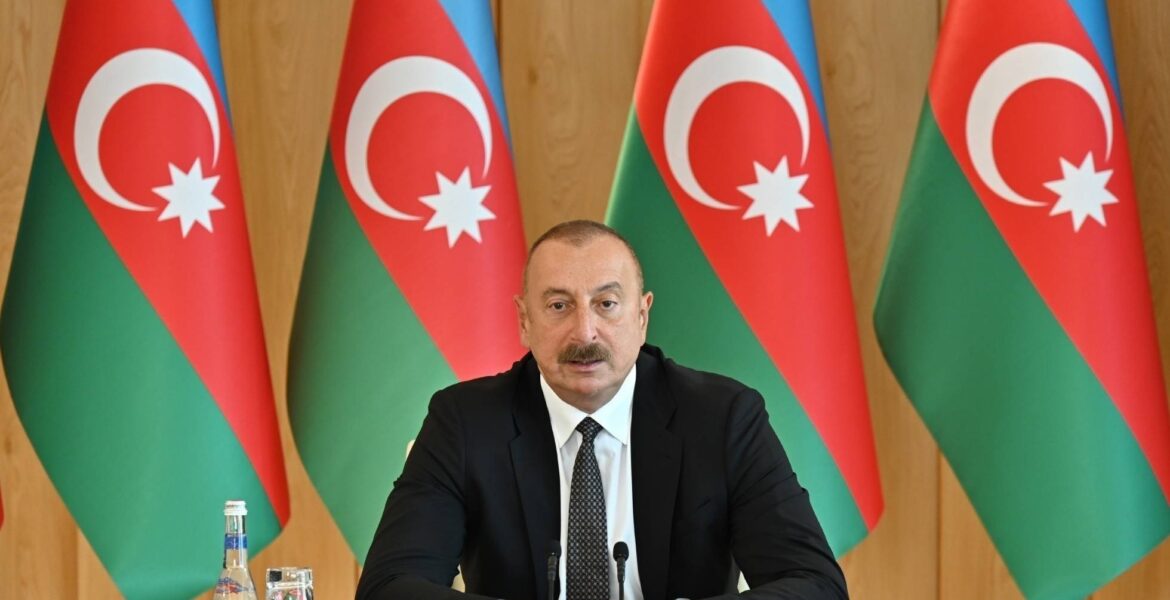Azerbaijan has a history of resorting to dirty tricks and falsehoods to advance its unjust goals. In this article, we will shed light on the pattern of deceit that has become a troubling tradition for Azerbaijan. While achieving justice seldom requires dishonesty, Azerbaijan seems to think otherwise.
By Ararat Petrosyan, Deputy Editor in Chief of Armenpress
We will examine recent events, specifically the wars of September 27, 2020, and September 19, 2023, to expose the false pretexts behind military operations in Artsakh and the aggression against civilian populations.
The Deception of September 27, 2020:
On September 27, 2020, Azerbaijan blatantly disregarded the peaceful negotiation process and the stance of international mediators, who had repeatedly emphasised that there was no military solution to the Karabakh conflict.
Azerbaijan launched an offensive across the entire Artsakh military front. Simultaneously, live footage from the frontlines flooded the airwaves, courtesy of Turkish and Azerbaijani journalists representing major television stations and news agencies.
The information disseminated painted a picture of the Armenian side shelling Azerbaijani border settlements, leading to Azerbaijan's military response. However, how can we explain the presence of a significant gathering of Turkish and Azerbaijani journalists on the Jabrail steppes early in the morning?
Did they miraculously foresee that the Artsakh Defense Ministry would initiate operations against Azerbaijani settlements? Of course not; this was a premeditated act of deception.
In fact, President Ilham Aliyev later confessed multiple times that Azerbaijan had initiated the war by violating the ceasefire regime.
The Deception of September 19, 2023:
Fast forward to September 19, 2023, and the Azerbaijani press was quick to report a tragic incident involving a group of policemen.
According to their narrative, these officers fell victim to a traffic accident, and shortly thereafter, another group of policemen allegedly perished due to a landmine planted by "Armenian saboteurs." Azerbaijani media wasted no time disseminating images of the victims and the incident site.

However, a closer examination of one of these images reveals a sign intended for Azerbaijani deminers. It becomes evident that the incident occurred within a demining area, suggesting that this was a planned provocation.
It is inconceivable that Armenian saboteurs would plant a mine in a known minefield, especially considering this area was 12-13 kilometres from the contact line. Moreover, in the context of prevailing geopolitical developments, the Artsakh Defense Army had no intention of escalating the situation.
The Dangerous Path:
Azerbaijan's attempts to cover up its actions under the guise of territorial integrity are deeply concerning. This dangerous approach to problem-solving may one day target not only the military but also innocent civilians.
One cannot help but wonder: What's to stop Azerbaijan from claiming that Armenian women or children attacked its army? While it may seem absurd, Azerbaijan's track record is riddled with absurdities.
Addressing Azerbaijan's deceptive and aggressive behaviour requires strict measures, clear condemnation, international community involvement, and accountability.
These steps are essential to curb the insidious tactics employed by Azerbaijan and to ensure a safer, more stable future for the region.
READ MORE: WHAT NOW FOR CYPRUS AFTER NAGORNO-KARABAKH?


